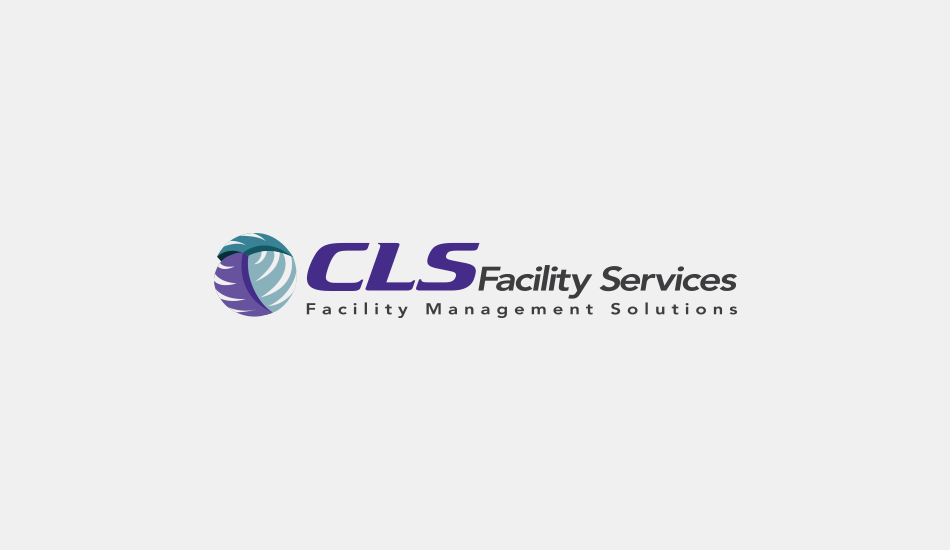Three things we know for sure:
- Building operating budgets are always tight;
- Happy tenants don’t grow on trees;
- Preventive maintenance for an HVAC unit or system can really help facility managers keep #s 1 and 2, well, manageable.
A rooftop HVAC unit is an expensive up-front purchase, and breakdown maintenance on it can cost you in a big way – according to some surveys, three times what a comprehensive maintenance program would otherwise cost to implement and maintain. Add to that disruption to tenants, and the value of a comprehensive Preventive Maintenance (PM) program becomes clear.
Benefits of a PM Program
Manufacturers of leading HVAC equipment strongly recommend PM. We do, too. Consider the benefits:
- A long and healthy life for your unit or units: Like any piece of equipment, an HVAC unit needs regular care and maintenance. Without it, it won’t run at its optimal performance level, and ultimately, components will fail, leading to expensive repairs and replacement costs.
- Lower energy costs: HVAC accounts for a significant portion of a building’s energy usage. Ensuring that units are well-maintained means that they run efficiently – and use less energy.
- Fewer breakdown repair costs: It’s simple math: Fewer breakdowns means less breakdown repair costs.
- Tenant satisfaction – including better health, productivity, efficiency and even profits: A well-functioning HVAC unit helps to provide a comfortable, clean indoor environment in which to work. Indoor air quality is of great importance for both employees and customers. For retail space, introducing outside or fresh air into a space flushes the VOC (Volatile Organic Compounds) present in new merchandise, carpeting, packaging, etc.
Likewise, if air filters are changed regularly and the proper amount of outside or fresh air is introduced into your office, factory, warehouse or store, employees will be healthier, and more productive.
Employee turnover also can be reduced by providing a comfortable workplace. In the retail realm, many stores have installed incandescent lighting to make merchandise more appealing. But, designers don’t always calculate the additional heat load that this lighting places on a cooling system. If an employee feels uncomfortable on the job, he or she may begin looking for better working conditions.
Finally, customers, and even visiting clients, who feel more comfortable in your space may also feel more inclined to do business with you, today or in the future.
Building a PM program
Here are some starting points for establishing a PM program:
- Rooftop HVAC units should have a minimum of four preventive maintenance checks each year, which include one cooling startup, and one heating startup. This includes one belt replacement, if applicable, and four filter changes. If your air conditioning unit and duct system will allow higher efficiency pleated filters, consider installing them. Usually, you can use a two-inch pleated filter in rooftop units under 30 tons. The pleated filter will provide additional rigidity that will protect the filter if it gets wet.
- Once a year, clean both coils, the condenser and the evaporator with a low-cost hand sprayer. To do this, first “brush clean” the coil, if necessary. Then, using a low-suds detergent such as Simple Green at the proper dilution strength, clean both coils and rinse. An evaporator tends to be “self-rinsing” in the cooling mode. Cleaning the coils with a hand sprayer should be sufficient if other preventive maintenance has been performed at recommended intervals.
- Know that there are coils that are eight rows deep that can only be cleaned properly by a power or pressure washer. Pressure washing has its place in cases when a piece of equipment has been neglected, or for cleaning after longer time intervals. But pressure washing takes more time to set up on a roof, it uses more chemicals, and as a result, it’s a more expensive alternative.
- At least once a year, take a megometer reading of the unit’s motors and compressors. This is a quick, non-invasive procedure that will give you a good indication of the condition of the compressor windings and refrigerant. If you get low readings, then you can change either or all of the following: filter-driers, refrigerant and compressor oil. Doing this will extend the life of the compressor.
Up next: A detailed PM checklist to include as part of your PM program.
Want to learn more about CLS’s national HVAC services? Call us at 800-548-3542.




